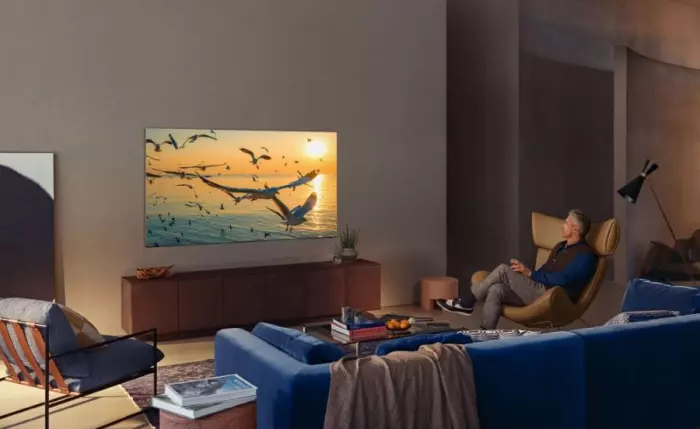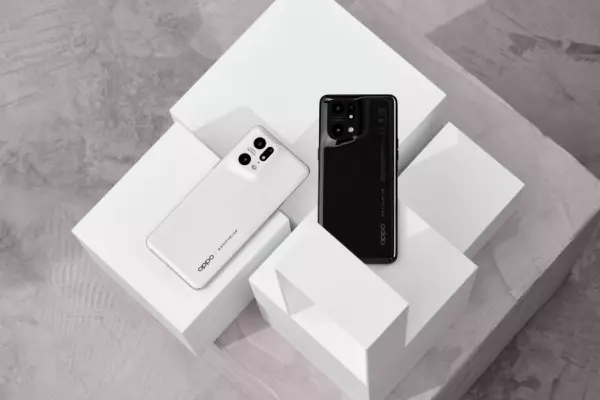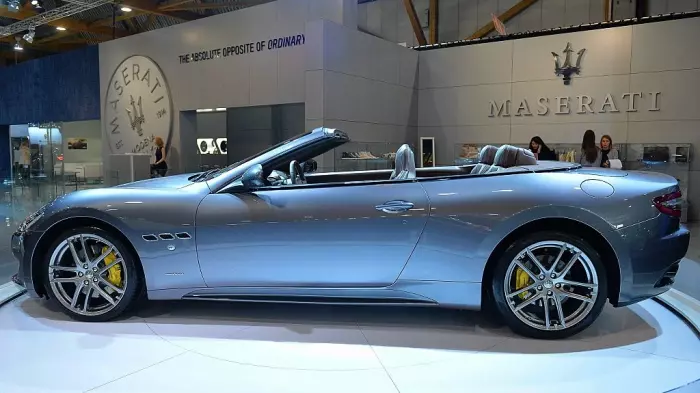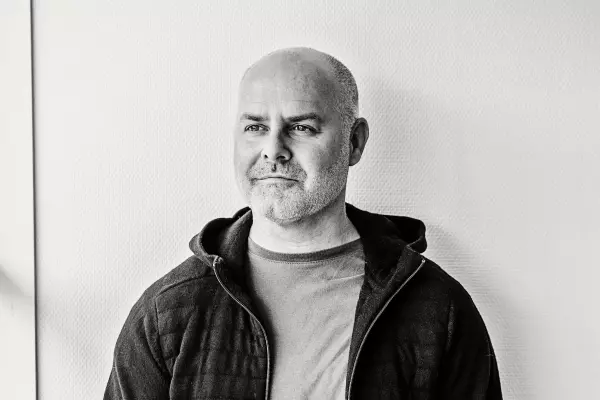Screens tend to get bigger as technology improves. Smartphones have spent the past decade going from tiny four-inch displays to pocket-dominating slabs.
At the same time, TVs have evolved from squarish convex screens, to widescreen boxes with large rear ends, to expansive flat displays sometimes affixed to walls.
I can’t so much as bang a nail into the walls of my rented home, so mounting Samsung’s new top-of-the-line 65-inch TV in pride of place in my living room was out of the question.
Instead, the QN900A Neo QLED 8K TV sat in the corner, appearing to hover just above the floor like a visitor from another planet – apt, given the technology on show is out of this world.
For the cool asking price of $11,999 you, too, can see what Samsung believes is the very best TV tech to date. I reviewed the 65-inch and cheapest model. A 75-inch version costs $15,499, an 85-inch $19,999.
The impressive “infinity” design means the TV has next to no bezel. The huge, thin window of glass sits, after some careful assembly, on a brushed metal stand.
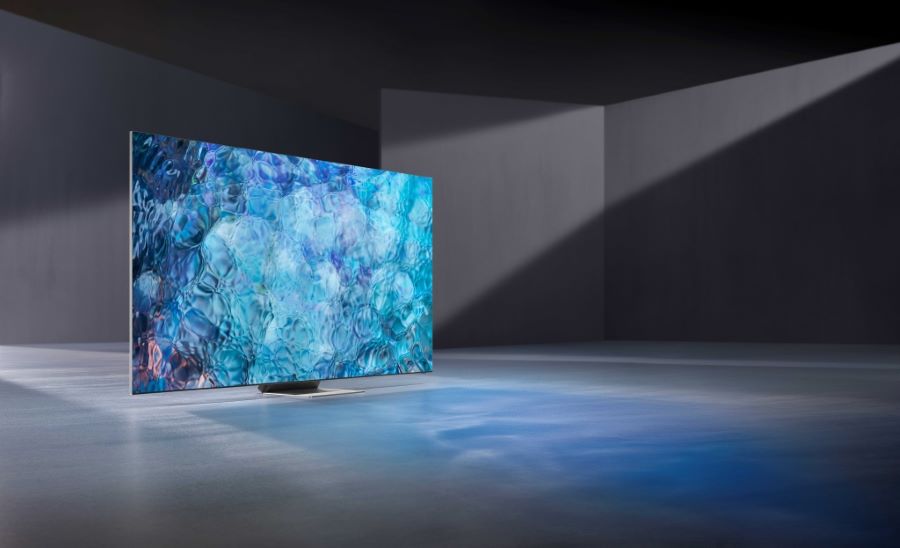 The Neo QLED TV is high-tech with slimline styling.
The Neo QLED TV is high-tech with slimline styling.
So, that branding. QLED is a marketing term that Samsung attaches to its best TVs; it stands for “quantum dot light-emitting diode”. QLED TVs have LCD displays with small LEDs acting as backlights in a layer behind the display, with a layer of “quantum dots” in-between the two to augment picture quality.
This year, Samsung has opted to confusingly label this TV as Neo QLED – but it is Mini LED technology. Mini LED, as you may have guessed, uses smaller LEDs as the backlight. With 1.5 times more lighting zones on the expansive screen, the picture can technically render with better colouring detail and produce deeper blacks.
The “Neo” part of the name refers to Samsung’s own tech smarts that it uses to control the lighting of the mammoth display to make what you’re watching look as good as possible. The company says the Neo Quantum Processor 8K in the telly can actively upscale the image to a better resolution and picture quality using artificial intelligence.
I can’t say I noticed it doing this with 4K content, but everything I watched looked stunning, so it doesn’t really matter. I updated my Netflix subscription to Premium for an extra five bucks and settled into my sofa to soak up films in 4K glory.
They looked spectacular. My fibre internet connection ensured the picture quality was at its 4K best, with no buffering or pixelating, and I ploughed my way through the first season of Superstore in no time.
But this is an 8K TV and herein lies the problem. There simply isn’t any 8K content to watch on any popular streaming platform, and there won’t be for a good couple of years, at least.
But putting “8K” in a product name looks good, so Samsung is going with it. It also charges you for the privilege. There’s an argument to be had that you are future-proofing yourself for an 8K content future, but you could also save thousands of dollars today by buying a cheaper 4K-capable TV.
Hear me out
The TV is capable of 4K gaming at up to 120Hz, which is 120 frames per second (for comparison, most modern films are recorded at 24 frames per second). It’s an excellent choice if you have a PlayStation 5 or the latest Xbox.
For all its bells and whistles, the best thing about the TV is that it looks ridiculously good. It can sound great, too, with the $2199 soundbar set Samsung also loaned me (the built-in TV speakers are fine, but nowhere near as good).
The set comes with a bar to sit at the foot of the floating display, with a sub-woofer behind, plus two mains-powered rear speakers you can place to the left and right behind your set-up or in the corners of the room.
These rear speakers connect wirelessly to the soundbar (after considerable manual reading, button pressing, and swearing) but they are worth the spend and effort. More than once I was caught off guard by the audio separation, conditioned as I am to expect TVs to make noises only in front of me.
 The Samsung soundbar set.
The Samsung soundbar set.
With support for the Dolby Atmos and DTS:X surround-sound standards, the audio is placed precisely around you as the sound mixer intended. It’s as close to a cinema at home as you can get.
The TV can also detect where it is placed in relation to the objects in the room and uses clever software to adjust the sound.
Sure, over two grand is a lot to pay for good TV audio, but high-end music systems cost thousands more. You can kill two birds by playing your music from your iPhone or Android phone through the soundbar set-up, and it sounds great.
Smooth operator
Streaming to TVs can be needlessly complicated. You might be used either to casting from your phone to a Google Chromecast plugged into the HDMI port, using a media player like the Apple TV, or being infuriated by early smart TVs’ horrible user interfaces and primitive app stores.
If you are in the latter camp, you’ll be in heaven with Samsung’s Neo QLED range. The app experience is absolutely first class, a very polished and easy-to-figure-out user interface that makes it simple to download apps and sign into them.
It’s so good that you don’t need to attach a streaming device. I used Netflix, Disney+, Neon, Sky Sports, Spark Sport, and YouTube with no issues. Local apps like TVNZ were easy to find – this is a far cry from the clunky apps of TVs from even a couple of years ago.
Although it doesn’t have a built-in camera, the TV also supports Google Duo for video calling, and you can attach a PC and use the enormous display if you need to get up close and personal with a mammoth spreadsheet or two.
You can even wirelessly connect your phone to display what’s on its screen next to what you’re watching if you really need to, but to me, this feature is extremely gimmicky.
The TV is in its element when beaming amazing cinema into your eyeballs. Films like The Color of Money had Paul Newman’s face flitting around the screen in all its ageing glory, but only after I’d fiddled with Samsung’s settings.
You simply must turn off motion smoothing, AKA the “soap-opera effect”, or as Samsung calls it, “picture clarity”. It’s a software mode that increases the frame rate of the image, making it smoother and appearing truer to life.
This is OK when watching sports or a nature documentary at a push, but it ruins the cinematography of films and TV shows by making it look hyper-real.
The TV came with it on by default. Perhaps you’ll like it – some people do – but I say turn it off! It is bad.
As well as this, I occasionally felt that the TV’s Mini LED lighting hadn’t quite worked out how bright to be. The display adjusts to the ambient light in the room to make sure you’re not blinded or squinting.
But by and large, after I had tweaked the set to my personal liking, I could leave it be and soak up every last second of England beating Germany at the Euros in glorious high definition.
When a Samsung rep came and picked up the TV (you need two people to assemble/disassemble it), I was sad to see it go, even if that sort of money can buy a half-decent car or fund a round-the-world trip.
But if you have the money to spend and like the idea of practically having a cinema at home, this TV and soundbar are hard to beat.


